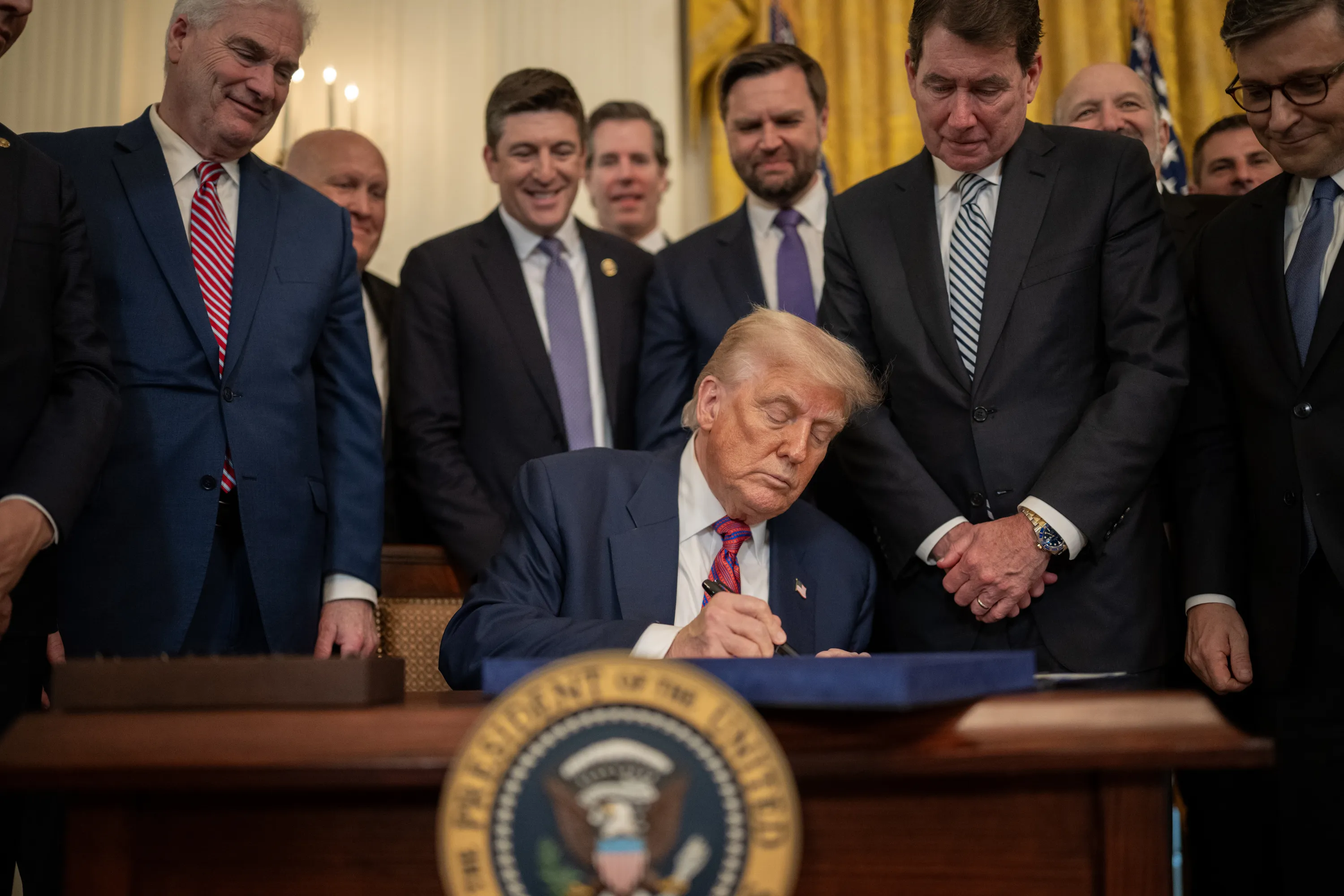How China can avoid a hard landing
Stay up to date:
Banking and Capital Markets
It is now widely accepted that the recent global financial crisis was actually a balance sheet crisis. Long periods of negative interest rates facilitated the unsustainable financing of asset purchases, with high-risk mortgages weakening national balance sheets. When liquidity in the key interbank markets dried up, the fragilities were exposed – with devastating consequences.
Today, the rapid expansion of Chinese financial institutions’ balance sheets – which grew by 92% from 2007 to 2011, alongside 78% nominal GDP growth – is fuelling predictions that the country will soon experience its own subprime meltdown. Is there any merit to such forecasts?
The first step in assessing China’s financial vulnerability is to distinguish a solvency crisis, which can occur when firms lack sufficient capital to withstand an asset-price meltdown, from a liquidity crisis. During the Asian financial crisis of the 1990s, some countries suffered foreign exchange crises, in which devaluation and high real interest rates de-capitalized banks and enterprises, owing to the lack of sufficient reserves to repay foreign exchange debts. In the case of Japan’s asset price collapse in 1989, and again in the United States in 2008, bank recapitalization and central bank liquidity support restored market confidence.
The recently-released Chinese Academy of Social Sciences (CASS) National Balance Sheet Report suggests that China is unlikely to undergo a foreign-exchange or national insolvency crisis. At the end of 2011, the central government’s net assets amounted to CN¥87 trillion ($14 trillion), or 192% of GDP, of which CN¥70 trillion comprised equity in state-owned enterprises (SOEs). Moreover, at the end of last year, China’s net foreign exchange position totaled $2 trillion – 21% of GDP – with gross foreign exchange reserves totaling just under $4 trillion.
The concern is China’s rapidly increasing domestic debt, which currently stands at 215% of GDP. Since 2008, SOEs and so-called local government financing platforms have been using loans to fund massive fixed-asset investments, while private-sector actors have been borrowing – often from the shadow banking sector – to finance investment in real estate development.
This excessive dependence on credit stems from the lack of adequate funding and the relative underdevelopment of China’s equity markets, with market capitalization amounting to only 23% of GDP, compared to 148% of GDP in the US. The debt held by non-financial enterprises amounts to 113% of GDP in China, compared to 72% in the US and 99% in Japan.
But, given that the largest enterprises are either state-owned or local-government entities, their debts are essentially domestic sovereign obligations. With China’s total government debt/GDP ratio amounting to only 53% – much less than America’s 80% and Japan’s 226% – there is sufficient space to undertake debt-equity swaps to tackle the internal debt problem.
Of course, China’s leaders will also need to pursue major fiscal reforms, including improved revenue sharing between central and local governments. In the longer term, the authorities must put in place stricter regulations to ensure that local government infrastructure investments are sustainable and do not depend excessively on revenue from land sales.
In the interim, the burden of adjustment will fall largely on monetary policy, which will be particularly challenging given the structural tightness in liquidity in the more productive sectors. From 2007 to 2011, China’s money supply increased by 116%, whereas its foreign exchange reserves grew by 180%. The excess was mopped up through statutory reserve requirements amounting to as much as 20% of bank deposits.
With the official banking system thus constrained, it allocated the remaining credit to large enterprises and those with sufficient collateral, resulting in an uneven distribution of loans across regions and sectors. As a result, large enterprises – mostly SOEs, which enjoy considerable financial subsidies and liquidity – accounted for 43% of total bank loans in 2011; small and medium-size enterprises (SMEs), which face financial repression, including higher borrowing costs and tight liquidity, accounted for only 27%.
This highlights two fundamental structural imperatives. First, large SOEs and local governments must be discouraged from over-investing, which undermines the rate of return. Second, more capital must be channeled toward SMEs and faster-growing regions, which are more likely to generate jobs and innovation.
In other words, interest rate reforms must be pursued alongside capital market reforms that boost access to credit by the more productive sectors. China cannot complete its transformation from an export-led economy to one driven by domestic consumption and services unless value creation through innovation exceeds value destruction from excess capacity.
In short, despite a strong national balance sheet and ample central bank liquidity, China is confronting a localized subprime problem, owing partly to high reserve requirements. One promising move is the central bank’s recent release of CN¥1 trillion in liquidity through direct lending to the China Development Bank for the reconstruction of shanty towns, fulfilling the need for socially-inclusive investment. Unlike the US Federal Reserve, it has not purchased subprime mortgages.
The key to success will be to manage the sequence of liquidity injections and interest rate reforms so that the effort to address local subprime debts does not trigger asset price deflation, while reducing financial repression that cuts off funding to more productive sectors and regions. If it manages to get these structural reforms right, China – and the rest of the world – will be able to avoid the consequences of a hard economic landing.
Published in collaboration with Project Syndicate.
Author: Andrew Sheng, Distinguished Fellow of the Fung Global Institute and a member of the UNEP Advisory Council on Sustainable Finance, and former chairman of the Hong Kong Securities and Futures Commission and Xiao Geng is Director of Research at the Fung Global Institute.
Image: A man covers his face as he reads information displayed on an electronic screen at a brokerage house in Shanghai. REUTERS/Aly Song
Don't miss any update on this topic
Create a free account and access your personalized content collection with our latest publications and analyses.
License and Republishing
World Economic Forum articles may be republished in accordance with the Creative Commons Attribution-NonCommercial-NoDerivatives 4.0 International Public License, and in accordance with our Terms of Use.
The views expressed in this article are those of the author alone and not the World Economic Forum.
Related topics:
Forum Stories newsletter
Bringing you weekly curated insights and analysis on the global issues that matter.
More on Economic GrowthSee all
Muhammad Osama Khan and James Balzer
September 18, 2025
Eric White and Elia Tziambazis
September 18, 2025
Lars Holmquist
September 17, 2025
Dante Disparte
September 17, 2025
Hazuki Mori and Luigi Scatteia
September 17, 2025
Mekhla Jha
September 15, 2025





